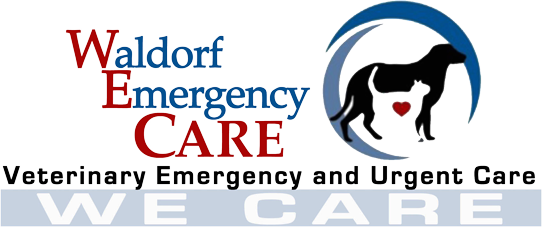Animal teeth and claws easily puncture skin, introducing bacteria under the skin of the affected animal. If the skin heals quickly the bacteria become trapped, which creates infectious pockets that are commonly referred to as abscesses.
Abscesses may be very small or extraordinarily large, and may feel swollen and warm. These wounds are often extremely painful. Typically, animals with abscesses become depressed, and may exhibit a tendency to hide in inconspicuous places in the home. Occasionally abscesses may rupture prior to the onset of any other signs.
Abscesses of the anal glands are very common and can be mistaken for rectal bleeding if they rupture. They may cause the pet to ‘scoot’ the rectal area on the ground.
Tooth root abscesses typically form just below the eye, and start as a bump or swelling. They may break open and bleed, and the pet may stop eating due to the pain or experience pain upon chewing. Tooth root abscesses require tooth extraction – antibiotics alone will only lead to a temporary solution, but the abscess will recur unless the affected tooth is pulled. This surgery requires general anesthesia.
Small, uncomplicated abscesses may respond to medical therapy, while larger and more extensive abscesses may require surgical treatment. Proper surgical management of abscesses often requires the placement of a drain either under sedation or general anesthesia to provide an escape route for secretions from the damaged tissues of the wound.
What NOT to Do if Your Animal has an Abscess
– Do not attempt to open the abscess yourself.
– Do not attempt compressing the wounds of a fractious cat. Your safety is of utmost importance to us. Contact your veterinarian for assistance should this situation arise.
– Do not apply medicines, potions, or home remedies unless directed by a veterinarian.
What to Do if Your Animal has an Abscess
– Abscesses should be examined by a veterinarian as soon as possible and within 24 hours. After surgical treatment –
– When a drain is placed fluid may normally drain from the site of an abscess. An abscess does not drain through the tube, but rather around the latex tubing. Therefore, it is important for you to clean the area around the drain twice daily with warm water.
– Apply a hot compress to the affected site at least two times daily for 3 to 5 days after the animal leaves the hospital. Wet a clean washcloth with very warm water and place it directly over the affected site, and then apply gentle pressure ideally for 5 to 10 minutes.
– Be sure you and/or other family members wash your hands thoroughly after contacting any fluids draining from the abscess site.
– Be sure to administer all prescribed medications exactly and completely as detailed by our emergency veterinarian. Some patients may appear to feel better after only a few days of treatment; however, it is crucial for medications to be administered according to schedule to prevent the infection from recurring.
– Restrict your animal to indoor activities until the infection has resolved completely.
Notify your pet’s veterinarian should your pet experience any of the following:
– Increased redness and/or heat from the site of abscess
– Failure of abscess to heal
– Worsening of your pet’s general health
– Loss of appetite lasting longer than 24 hours
